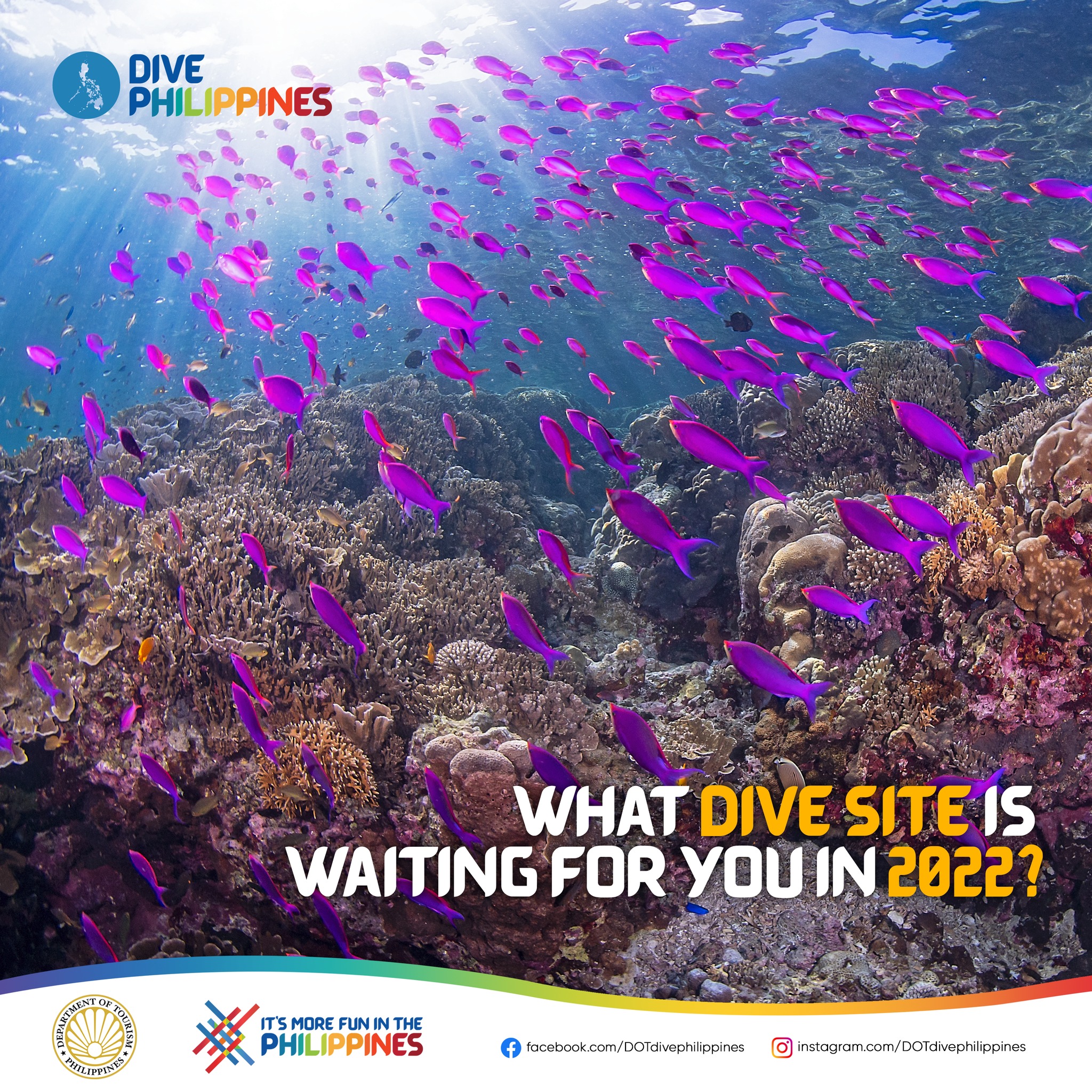
National Geographic Magazine has praised the Philippines’ coral reefs as among the world’s best while calling attention to threats of climate change and destructive fishing practices.
The popular American magazine known for its photojournalism features the Philippines’ colorful and rich underwater biodiversity in the June 2022 issue article written by Kennedy Warne with photographs by David Doubilet and Jennifer Hayes.
“Coral reefs in the Philippines are some of the world’s most vibrant—but in peril. Much of the archipelago’s undersea splendor is protected, but some areas are being stressed by climate change and harmed by destructive fishing practices,” Warne writes in the introduction.
The country’s coral reefs are the richest part of the Coral Triangle located in the western Pacific Ocean, with more than 500 of the over 600 species of corals and 1,800 of the over 2,000 species of reef fish in the marine area found in the Philippine waters.
The NatGeo piece acknowledges the conservation efforts in the country’s reefs and recounts the writer’s amazing encounters with reef inhabitants in world-famous spots such as the Tubbataha Reefs Natural Park and the Apo Island Reef.
However, the storytelling goes with the recollection of evidence of destruction due to hurricanes, blast fishing, and other forms of illegal fishing, as well as the increasing incidence of coral bleaching due to the rising temperatures.
“The corals around it lie toppled like trees after a hurricane. Among the dead stumps something flashes in the sunlight, and I pick up the bottom of a shattered glass bottle. I have seen bottles like this filled with nitrate fertilizer and topped with a detonator and fuse. Light the fuse, then throw the bottle into the sea. The blast stuns fish or kills them outright, and they float to the surface for fishers to collect.”
Warne recommends a two-pronged approach to address the deterioration of these marine areas: an end to destructive fishing practices and Filipino biologist Angel Alcala’s model for community management of marine protected areas that eases human pressure on marine resources.
“As tourism has flourished, fishers have seen opportunities to switch from catching fish to providing services. In Oslob, a town on the coast of Cebu, few members of the fishers association fish anymore. They earn a handsome living enabling tourists to swim with whale sharks. Near Puerto Galera, on the island of Mindoro, I watched snorkelers being towed out to see giant clams by fishers in small outrigger canoes powered by chain saw and lawn mower engines.”
Find the online version of the NatGeo feature here.
Evidence of flourishing marine environments when human pressure is eased surfaced in Sorsogon and many other areas during the COVID-19 lockdown that kept people at home.
Good News Pilipinas is a Lasallian Scholarum Awardee. TELL US your good news story tips by messaging GoodNewsPilipinas.com on Facebook, Twitter, Instagram, or e-mail editor@goodnewspilipinas.com and WATCH Good News Pilipinas TV YouTube & Good News Pilipinas TikTok for more Filipino Pride stories!
The post National Geographic praises Philippines’ coral reefs among world’s best but threatened appeared first on Good News Pilipinas.
Source: Good News Pilipinas
0 Comments